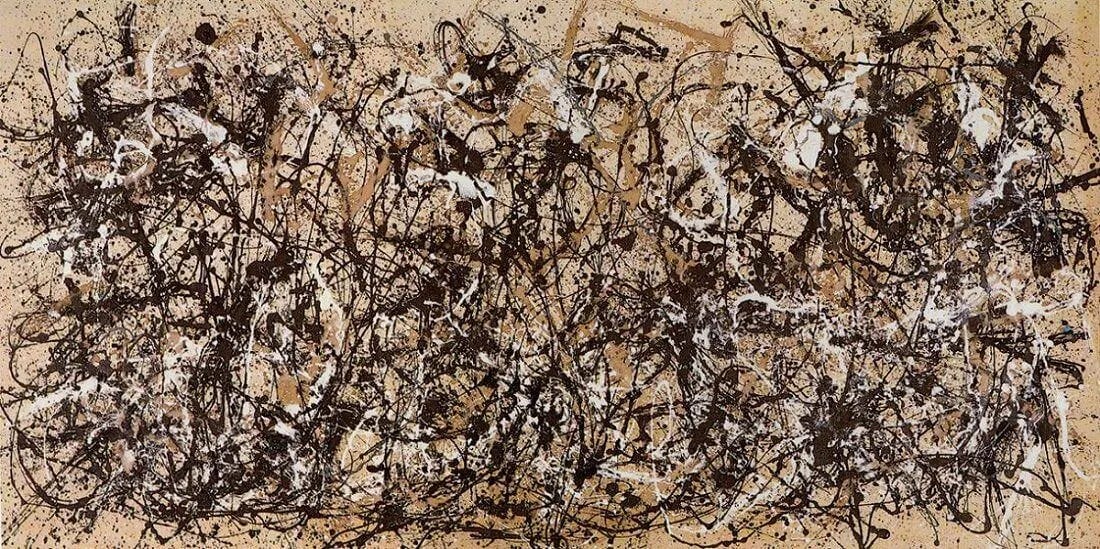The Most Hated Artists in the World?
Nothing divides museum-goers like Abstract Expressionists. How did they become a global phenomenon, and what did the CIA have to do with it?

The very best assets to an intelligence agency can be found in unexpected places.
None can forget the world-famous entertainer Josephine Baker, who doubled as a spy for the Allies during the Second World War. Simultaneously, French fashion designer Coco Chanel worked as a Nazi informant, using her connections with political leaders on both sides of the war to collect secrets—in exchange for the release of her nephew from a German prisoner-of-war camp. As tensions between the United States and the Soviet Union reached a boiling point following the war, the Central Intelligence Agency turned to an unlikely place for its latest propaganda campaign.
By 1950, the Museum of Modern Art in New York had taken an interest in a group of painters known as the Abstract Expressionists, or the New York School. After years of political turmoil and unspeakable violence, and now facing the possibility of nuclear annihilation, …


